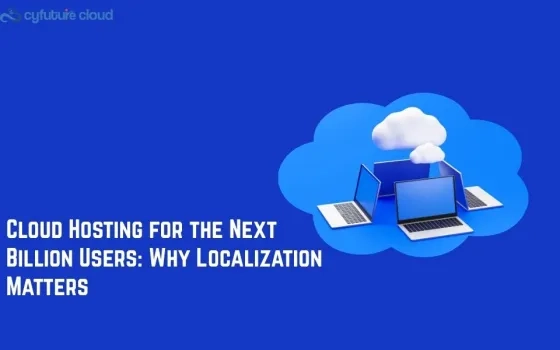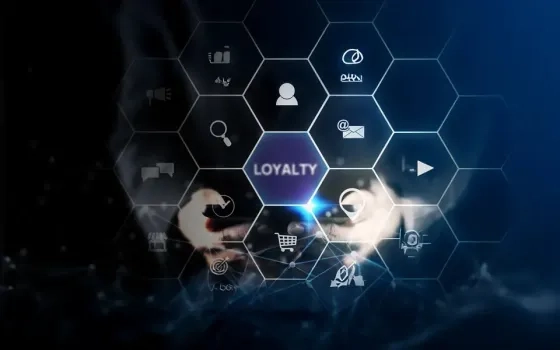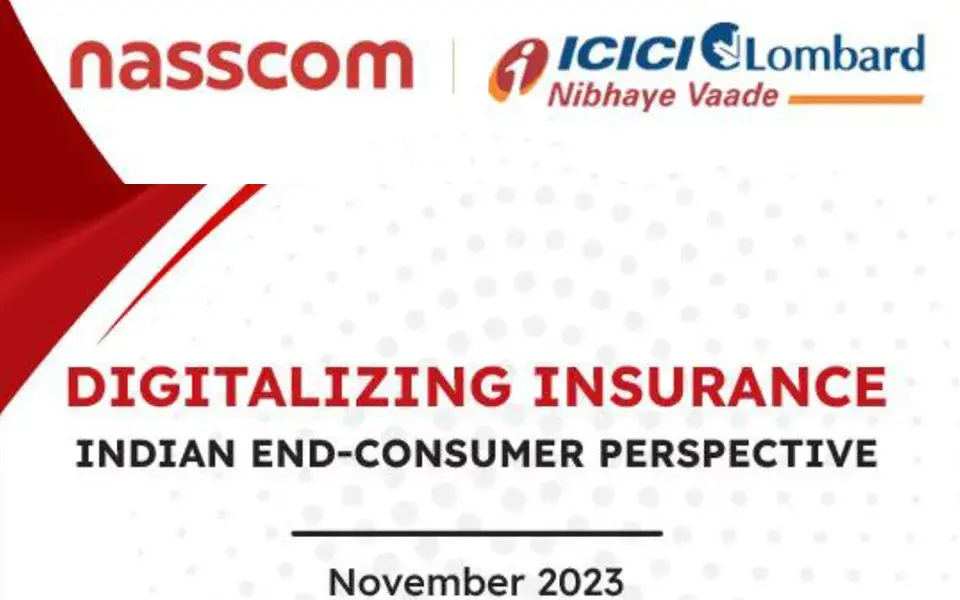Personalization in Insurance for Retail Customers
Amid changing consumer preferences and evolving expectations, insurers have been devising personalized engagement models. Beyond traditional loss compensation models, new-age customers are expecting insurers to recreate varied experiences, ranging from claim handling to ecosystem services such as booking the next available flight or arranging tickets for similar recreational events in case of cancellations. Customers expect the insurers to reduce or even to prevent the risks for which they are paying the premiums. More consumers have started to prefer digital modes for insurance products and services. Elderly populations are adopting digital insurer interactions and showing increasing preference for digital claims. While many are still conservative about sharing personal information, they are increasingly willing to provide personal data in exchange of personalized pricing, offers and discounts. Further, inclination of customers towards sustainable practices, more from younger generation including millennials, necessitate that insurers deliver on ethical and sustainable business practices.
Consequently, insurers widen their focus on personalized experiences and perceive individual customers or clusters as discrete market segments. Life and non-life insurers introduce multiple values through personalization:
- Bring in greater customer value: Through simplified product portfolio, insurers extend tailored insurance based on customers’ need. Further connecting with ecosystem players, insurers explore cross-selling and upselling opportunities, and thus, improve customer satisfaction and generate ancillary revenue. In certain scenarios, insurers also perform customer analytics to guide customers on their product usage and insurance premiums.
- Effective, scalable services: By leveraging specific and non-traditional information, insurers aim to implement both personalization and scalability in claim services.
- Expanding sustainable products: Sustainability is increasingly turning out to be a consumer preference. Further, insurers are incentivizing customers to adopt sustainable products, home materials, fuels and others to address their sustainability objectives.
- Enriched customer engagement: Across multiple communication channels, insurers are adopting personalized engagement strategy by leveraging AI and analytics based personalized communication, e-mailing campaigns, and immersive engagement modes such as videos and personalized advisor engagements.
Personalization across the Insurance Lines of Business
Insurers are personalizing throughout the value chain and the initiatives relate to one or more technology intervention areas, such as digital, data analytics, AI/ML, and the insurance core system, which is also known as the policy administration system. Insurers, globally, are contextualizing in three broad thematic areas – granular data sourcing for strengthening the offerings, enabling internal organizational infrastructure and resources, and personalizing customer insights and reach across the value chain stages, including Marketing and Promotions, Underwriting, Product/Offering, Claims and Service.
Life Insurance
Life insurers are sourcing customer demographics, medical and facial image data for dynamically pricing the offers contextualized for specific customer requirements. Emerging technologies are leveraged to analyze selfies taken by customers to estimate age, BMI and other related parameters. Customers are sharing current and historical medical records and access to their EHRs with their life insurers to receive personalized quotes seamlessly.
The data gathered from diverse sources are further analyzed to enable the organizations internally for predicting customer behavior, categorizing and suitable mapping of resources. Many insurers across regions are using analytics for predicting next best action and communication for target customers. Online questionnaires with prefilled data to capture only required data, and collaboration with healthcare associations, are helping insurers in faster and efficient underwriting. Algorithms and data analytics enable optimal synchronization between customer queries and agents’ expertise. Advisors are now receiving insights for up- and cross-selling.
Through empowering organizational resources, life insurers offer personalized products, communications and recommendations to existing and potential customers. Various insurers are generating personalized videos including coverage, features of policies and renewal information for communicating customized information to the users. In collaboration with health insurers, the life insurers are conceptualizing wellness programs and personalized health tips to incentivize healthy living. Insurers are also providing emotional support and simplifying processes for people filing death claim of family members.
Non-Life Insurance
The association of intangible values of human life such as safety, security, and care serves as one of the key foundations in personalization endeavors of non-life insurers. Aligned to this strategy, insurers build tailored solutions and services, leveraging devices and data. Connected devices using IoT and Telematics, and API-driven ecosystem help in sourcing data for better risk management, capturing driving data for claims service and offering discounts. Data associated with driving behaviors during trial period, route conditions, pet care requirements, and roof conditions are being collected, to generate insights enabling customization. In various scenarios, insurers are leveraging information across the ecosystem, such as from dealers, OEMs or customers for calibrating better risk and curating personalized products.
Data captured through different tools and resources are enabling different internal operations, personalized decisions for advisors, underwriters, and associated players. Insurers monitor how customers interact with agents and build data-driven insights. Further, generated insights guide advisors to identify the next-best actions for customers aligned with their requirement.
Multiple digital channels are leveraged to build awareness about personalized offerings and recommendations. Contextualized and interactive videos, website tools and campaigns are instrumental in customer communication on policies and associated maintenance. These channels are also utilized to socialize new coverages such as host liability insurance, power sports equipment, and others. Non-life insurers are also encouraging adoption of sustainable products, especially in home and auto insurance. Insurers provide discounts for driving hybrid or alternative fuel vehicles, and incentives for using sustainable materials and energy- efficient equipment for their properties. Beside numerous other benefits, insurers propose that the frequency of claims could be reduced by adopting ‘green’ vehicles. Insurers also offer personalization by enabling marketplace opportunity to digitally manage, compare, and improve customers’ insurance policies based on priorities.
Impact Realized through Personalization
Through their personalization initiatives, insurers are realizing tangible benefits and are able to improve performance indicators throughout the value chain. Using contextual marketing and communication, open and click through rates of trigger e-mails are increased, premium collections are grown, and sales performance is enhanced significantly. Insurers are leveraging more granular data for underwriting. By making the risk assessment faster and using digital authorization to reduce process time, many insurance organizations are able to reduce policy issuance time. Personalized programs such as driving behavior-based offering enabled to increase the customer base. Similarly, customized wellness programs and contextual health suggestions and tips assisted to reduce claims frequency by spreading the claims over broader span of time. Platforms for personalized claims settlement are enhancing customer satisfaction levels. Insurers are utilizing tools and predictive modeling for claim servicing, thereby, reducing claims resolution time. By delivering personalized renewal information in video format, insurers are able to retain more customers. Advanced data analytics is enabling insurers to augment advisors with insights for their sales approach. Insurance companies are also witnessing increased cross-sell rate through data-driven advises.

Figure 1: Personalization Initiatives and Business Impact across the Insurance Value Chain
Key Takeaways and Enablers
Considering the relevance and maturity of personalization initiatives, insurers can prioritize the interventions aligned with their strategies. Life insurers are leveraging image capture and medical records for accelerated underwriting, matching claim calls with agents’ areas of expertise, offering wellness programs and tips for healthy living, creating personalized videos for communicating product features and renewal information. Augmenting the core policy administration system for incorporating granular data, AI/ML algorithms for auto-identification of claims context, APIs for data transfer, and comprehensive view of each customer are enabling life insurance personalization.
Non-life insurers are utilizing driving behavior, route conditions, property infrastructure, and digital insurance cards for expediting the policy issuance and claims processes, and making those dynamic. Personalized insurance engine and predicting next best interaction is helping advisors with personalized targeting. Incentives for hybrid and alternative fuel cars and green homes are emerging along with warning for impending danger for conscious customers. Digital platform for green discounts, AI/ML and geospatial data for sending alerts, and standardization infrastructure to analyze data from disparate sources are supporting non-life insurers in their personalization endeavors. As customers across demography become increasingly receptive to digital modes, conscious of sustainability and keen to reduce risks, insurers will realize enhanced and more diverse benefits through personalization.
References:
- https://www.bain.com/insights/customer-behavior-and-loyalty-in-insurance-global-edition-2023/
- https://www.mckinsey.com/industries/financial-services/our-insights/how-traditional-insurance-carriers-can-disrupt-through-personalized-marketing
Chayan Bandyopadhyay (https://community.nasscom.in/user/63122/profile)
@ chayan bandyopadhyay
Provides research solutions pertaining to business transformations, innovations, market trends relevant to BFSI industry. Advisory skills include corporate business analysis, opportunity assessment, assessment of organizational strategic initiatives, technology transformations, among others. ~13 years of cross-industry experience spanning Banking, Insurance, Information Technology, Telecom, and Energy. Participates in awareness amplification events including round tables, conferences targeted towards banking innovations, and research publications. Applied one patent. A certified Cloud Digital Leader, Chayan holds a B. Tech. in Electronics and Communications and an MBA in Environmental Management.
Ushasi Sengupta (https://community.nasscom.in/user/64157/profile)
@ushasi sengupta
Provides market research and advisory across industries for sales enablement, strategy enablement, and building thought leadership. She brings in a techno-functional experience, blended with research and advisory in her 12 years of professional journey. Ushasi is a B.Tech in Electronics and Telecommunication and MBA. Personally, she is an avid reader and likes to play badminton.

























